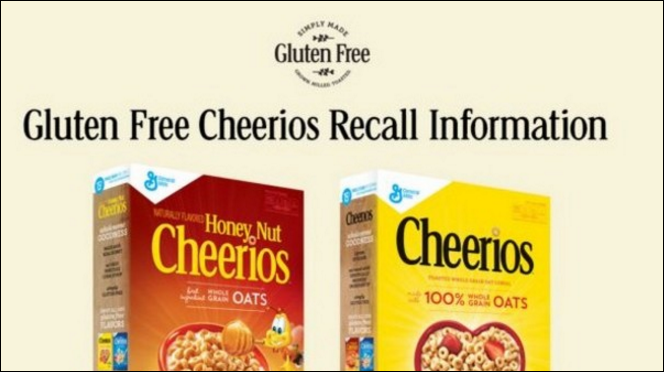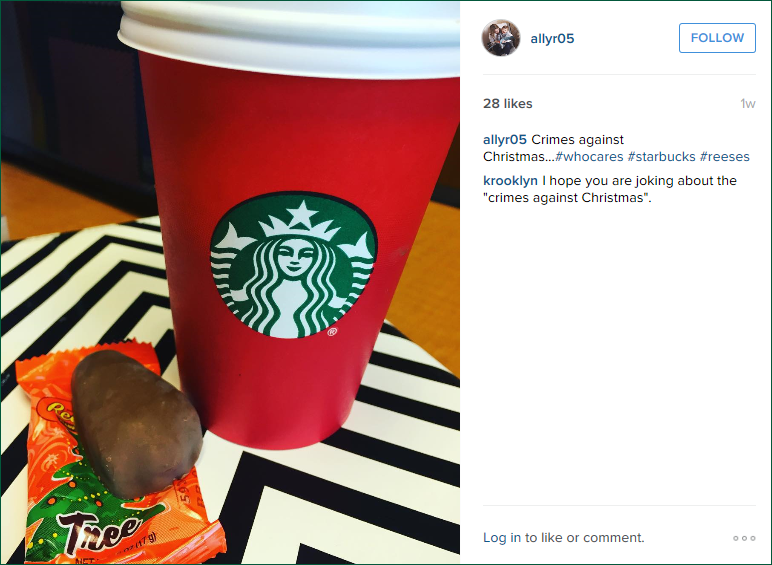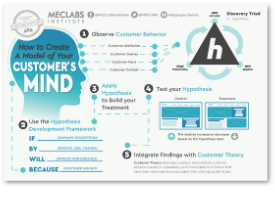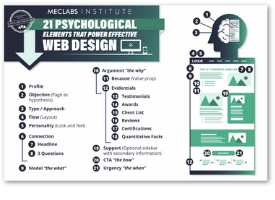Email Marketing: Ideas and inspiration from 11 years of award-winning campaigns
The challenges of today scream at you. How can I increase sales? Get more people to subscribe to my opt-in list? Ensure my emails end up in the inbox? What is the next technology to keep up with?
Sometimes it’s helpful to take a look back to see the future more clearly. Getting a sense of where we have been as email marketers helps us to better understand where we’re going. To quote Isaac Newton, “If I have seen further, it is by standing on the shoulders of Giants.”
To help you do that, and find inspiration and ideas for your current email campaigns, let’s take a look back through the archives of the MarketingSherpa Email Awards.
Idea #1: Email is not a one-way communication medium (from 2006)
When email marketers talk about engagement, we’re typically talking about metrics, analytics, data — numbers like clickthrough or read rate.
But don’t overlook human interaction as well. Fossil Rim Wildlife Center did more than ask people to click in its Wildlife Watch newsletter. For example, the 1,800-acre natural wildlife conservation center asked readers to name a new baby giraffe.
Because of this very human (and giraffe) form of engagement, traditional engagement metrics also performed well, with the newsletter getting average open rates of 35 to 40 percent and clickthrough rate of 16 to 20 percent of those received.
Learn more from the award-winning email marketers of 2006 — Winners included Blockbuster, Vanguard and Canadian Blood Services.















